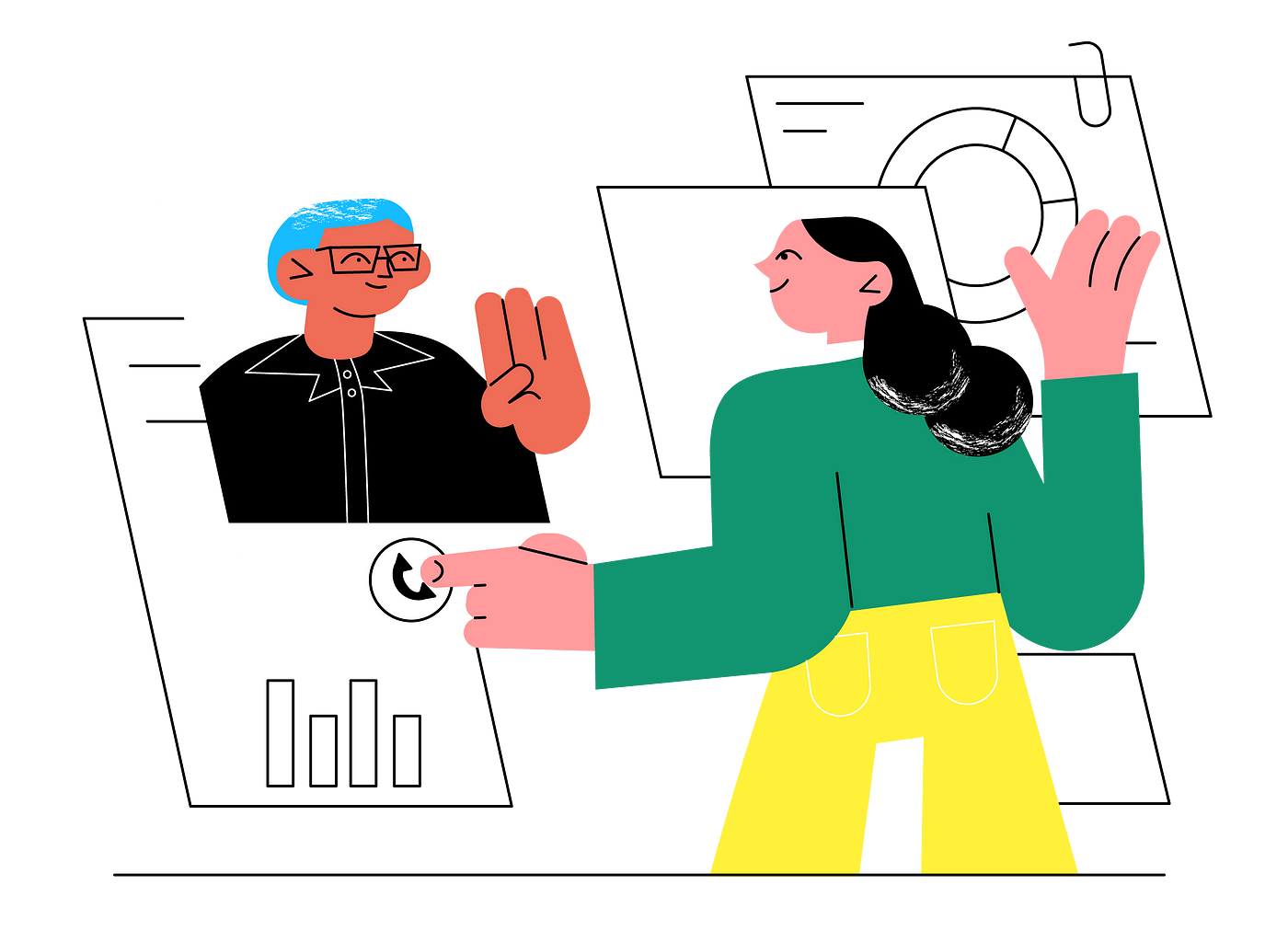As I was finishing a Zoom call recently, a couple coworkers asked me if I had time to reconnect later in the day. “My schedule is CRAZY today, guys. I’m so sorry,” I said, before disconnecting. As soon as I’d gotten off the call, I realized my matter-of-fact response — to which I didn’t give much thought in the moment — could have been unintentionally insensitive. For starters, neither of my coworkers were male. Also, I personally dislike using “crazy” as an adjective when any other word would better connote my intention without possibly offending anyone who may have been referred to as “crazy” at some point, in a negative light. (As I remind myself, “crazy” rhymes with “lazy” — as in, push myself to think of a better adjective.)

The truth is — language is powerful, especially in the workplace. The right turn of phrase or messaging can win over a stakeholder, engage an employee base, sell a product. But many of us don’t realize that the words and phrases we use daily often carry additional meaning hidden between the lines. Certain words can imply a bias toward a particular age, gender, ability, educational background, social class and so on. As a result, continued use of this type of language can inadvertently exclude and offend audiences, including clients and employees.
Common workplace phrases to avoid
By using inclusive language in both written and verbal communications, we can ensure messaging resonates with all audiences. Inclusive language avoids biases, slang or expressions that discriminate against groups of people.
The challenging part is distancing oneself from phrases and words that have become common, but that are rooted in racism, colonialism and patriarchy.
Here are a few examples:
Terms like “pow wow,” to indicate a meeting, or “low on the totem pole,” to indicate low priority, or “master document,” or “grandfathered in,” should be terms we phase out of our language, especially in the workplace. Pow wow, totem pole, tribe and spirit animal are terms that have been appropriated from Indigenous people. Whereas master immediately connotes slavery — and grandfather (when meaning legacy) is unnecessarily gendered.
Instead of relying on these familiar yet harmful terms, be clearer with your message. Swap tribe for community, team or group. A master document becomes a principal document (be careful not to label it a “bible,” either). Not only will your messaging be clearer, it will also be mindful.
Actionable guidelines to employ — starting today
Establishing an inclusive language guide for the workplace — a living, co-created document that includes phrases to avoid and their suggested, acceptable counterparts — is one way to move an organization toward being more inclusive. Organizations can introduce it as a ways-of-working agreement and ask that employees acknowledge or sign it as part of compliance efforts to ensure employees understand the company’s commitment to diversity, equity and inclusion.
But the broader point is that each of us has that power: Each of us can decide to adopt more inclusive language, right now — and make an immediate impact within our teams, across our organizations and communities at large. Whether you go the policy route or the personal one, here are five simple guidelines to keep in mind:
- Use plain language in your communications rather than expressions or jargon, as many idioms are culturally specific.
- Avoid team, regional and segment specific acronyms when communicating to a wider audience.
- Be mindful of any culture changes or issues affecting underrepresented groups — it will help you stay attuned to new language as it arises.
- Ask individuals which pronouns or self-identifiers they prefer (also make it clear they can choose not to identify, as well).
- Mention characteristics such as age, gender, sexual orientation, religion, racial group or ability only when relevant. (Person-first language emphasizes the individual as the most essential element; there is more to each person than their descriptors.)
Will everyone always get it right? No. Language changes and evolves over time. And certain resistance comes into play when training the mind to steer away from common but hurtful words and terms. The most important — most mindful — thing to remember is to consider the impact of your language and to be willing to learn and adapt.
Adjusting how we communicate in our everyday goes a long way toward shifting mindsets and creating a more inclusive workplace — and hopefully, society.
Additional reading:
Google, All-in inclusive marketing terms: https://all-in.withgoogle.com/
National Center on Disability and Journalism: https://ncdj.org/style-guide/#:~:text=NCDJ%20Recommendation%3A%20%E2%80%9CDeaf%E2%80%9D%20or,use%20those%20terms%20for%20themselves.
American Psychological Association: https://www.apa.org/about/apa/equity-diversity-inclusion/language-guidelines
The Diversity Style Guide for Media Professionals: https://www.diversitystyleguide.com/
Linguistic Society of America: https://www.linguisticsociety.org/resource/guidelines-inclusive-language






